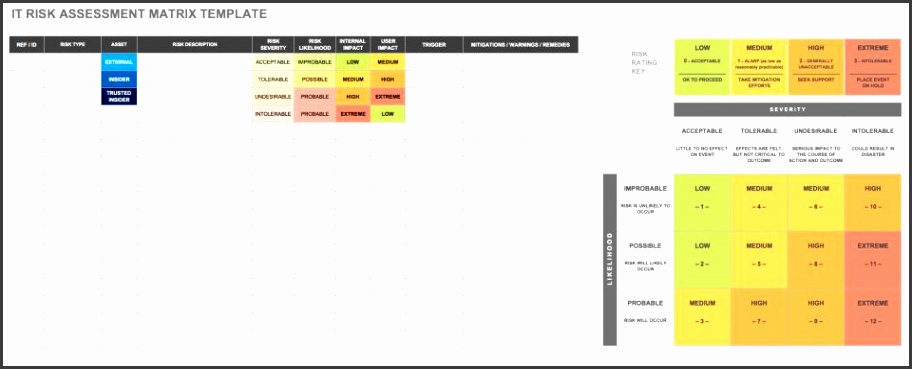

The main form of database injection attacks is SQL injection attacks, which attack relational database servers (RDBMS) that use SQL language. The existence of inactive accounts also poses a security risk that is often overlooked since malicious individuals may know of the existence of these accounts and take advantage of them to access databases without authorization. There is also the case of abuse of legitimate permissions: users who use their database privileges to make unauthorized use of it-for example, divulging confidential information.
MIGHTYTEXT SECURITY RISK HOW TO
This causes databases to be exposed to attackers who know the default permissions and know how to exploit them. More often than we would like to admit, database servers are installed in organizations with their default security settings, and these settings are never changed.

The following is a list of the most common threats affecting databases today that must be mitigated by hardening database servers and adding a few procedures to common security and auditing techniques. Still, some risks are unique to database systems (DBMS) and require specific security measures, techniques, and tools.

The security mechanisms used to protect an organization’s networks can repel some attempted attacks on databases. Other risks, not as critical but also dangerous, include performance degradation and breach of confidentiality or privacy agreements. The common denominator of all these databases is that they need to be protected from the many risks they face, the main ones being loss, alteration, and theft of information. All organizations use databases to some extent, whether to handle simple, low-volume data sets, such as a secretary’s address book, or large Big Data repositories for strategic information analysis.


 0 kommentar(er)
0 kommentar(er)
